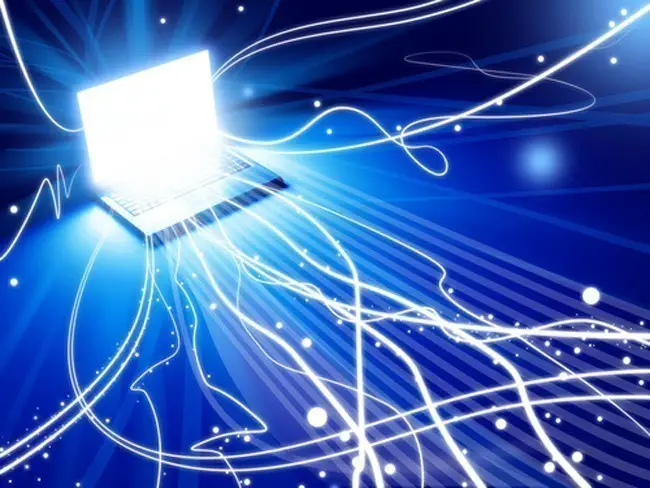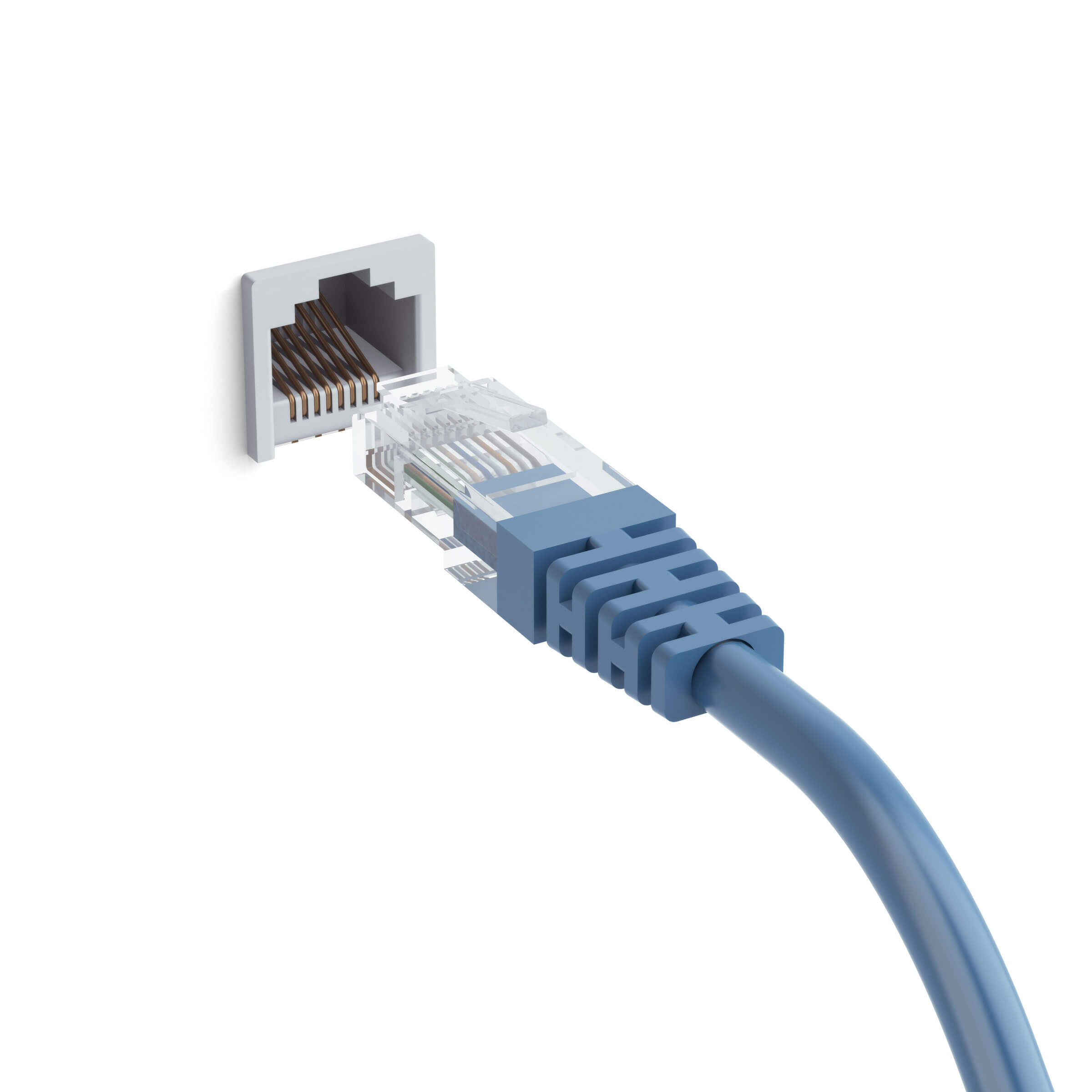

The standards and pin-out specification appear to be related and interchangeable, but are not the same and should not be used interchangeably.īoth the T-568A and the T-568B standard Straight-Through cables are used most often as patch cords for your Ethernet connections. Both standards define the T-568A and T-568B pin-outs for using Unshielded Twisted Pair cable and RJ-45 connectors for Ethernet connectivity.

The TIA/EIA 568-A standard which was ratified in 1995, was replaced by the TIA/EIA 568-B standard in 2002 and has been updated since. The Internet Centre and its affiliates cannot be held liable for the use of this information in whole or in part. Use this information at your own risk, and ensure all connectors and cables are modified in accordance with standards. Please be aware that modifying Ethernet cables improperly may cause loss of network connectivity. The information listed here is to assist network administrators in the color coding of Ethernet cables. If you are an existing customer and have questions about your wiring or connection please call 78, email: or open a chat below. See Jacket Ratings for more information.Like our diagrams? You’ll love our internet and hosting services. If you plan on running cable through walls or between floors, choose rise-rated (CMR) or plenum-rated (CMP) cable.
#Internet connectors trial
Good quality cables with shielding and thicker conductors can reach further but some trial and error will be required. Cable Length: The maximum length of an Ethernet cable is about 295 feet (90 meters).See Ethernet Cable Shielding for more information. Shielding also prevents parallel conductors inside the cable jacket from interacting with one another. Shielding: some Ethernet cables are shielded to protect the cable's conductors from electromagnetic interference (EMI) caused by power lines, large machinery and flourescent lighting.

See Table 1: Category Cable Summary for more information. Cat5e, Cat6, etc.) is an easy way to identify the speed of a cable.
#Internet connectors plus
In the home, choose a cable that can support the speed of your Internet connection, plus some room for speed upgrades in the future.

In a commercial network, speed is usually dictated by the equipment you are connecting (for example, a network switch with Gigabit Ethernet ports). 100 Mbps means the cable can transmit 100 million bits of data a second.


 0 kommentar(er)
0 kommentar(er)
